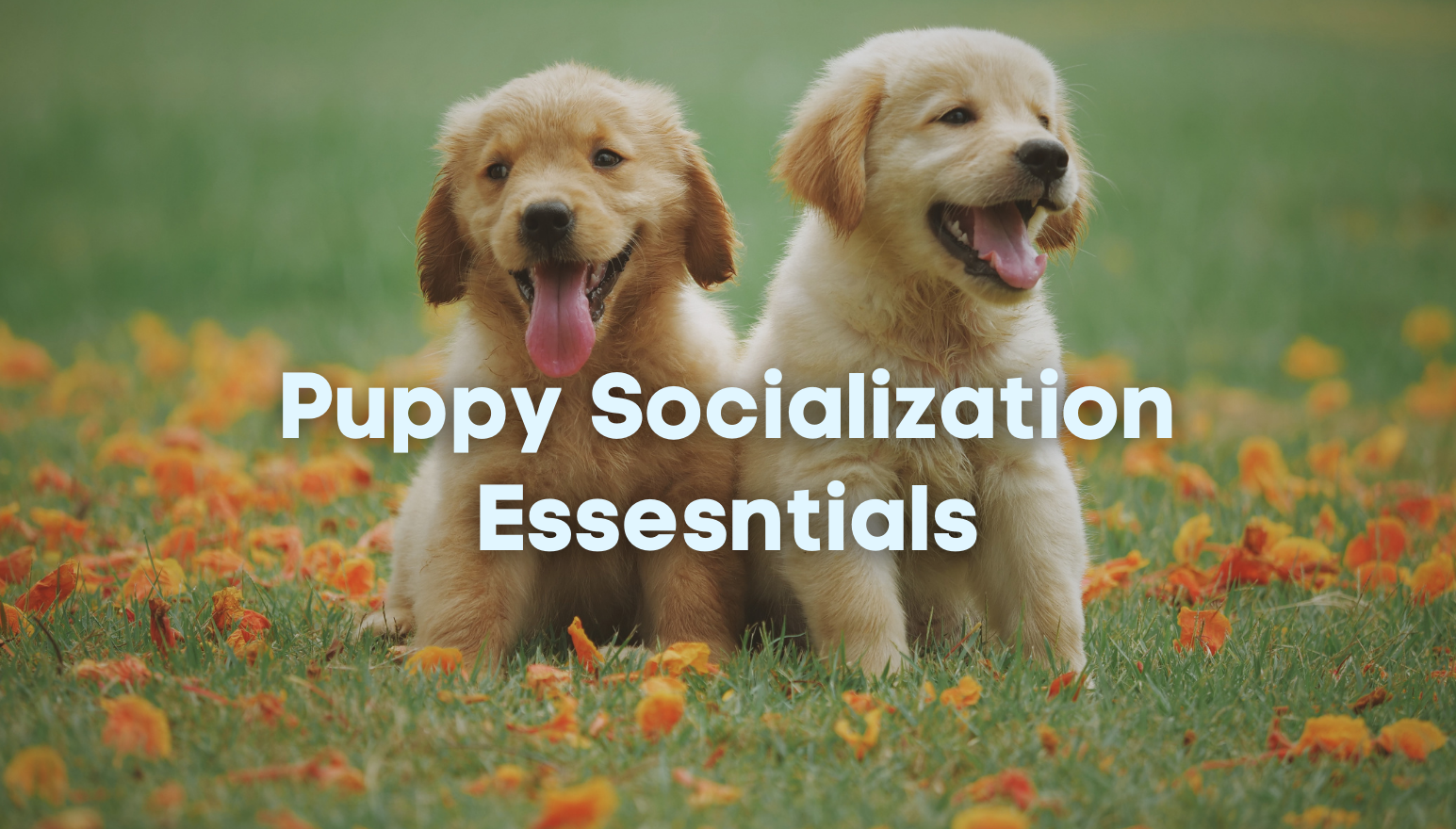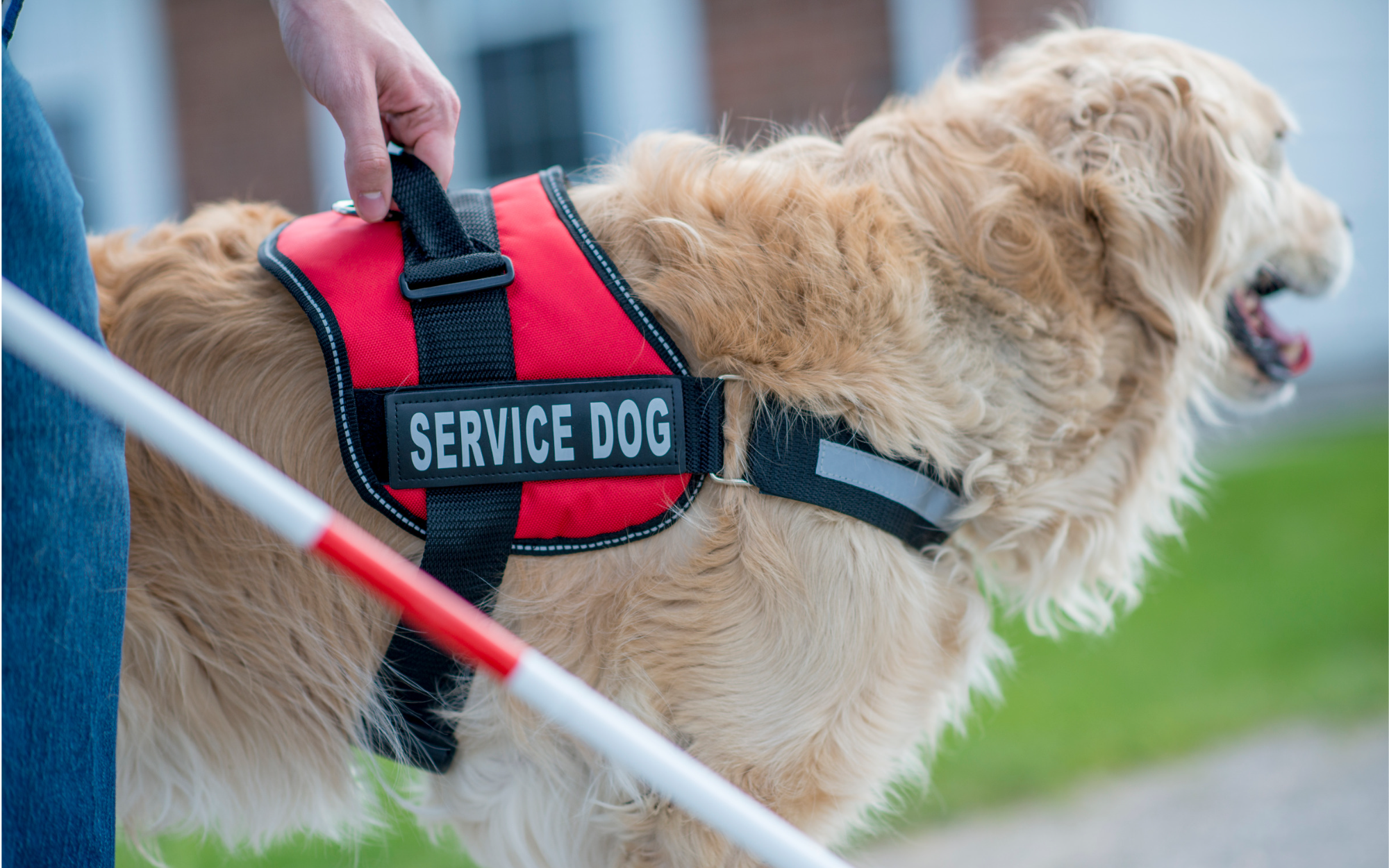A common criticism of counter conditioning is that it does not work. While there can be many reasons why a behavior modification protocol based on counter conditioning fails it is almost always user error not that the counter conditioning itself doesn’t work. Here are four common reasons that cause counter conditioning to fail.
Four reasons why Counter Conditioning doesn’t work:
- Lack of Global Safe Zone
- Lack of a Situational Safe Zone
- The Force is Not with You
- Play for Maximum Fun
Lack of Global Safe Zone
Counter conditioning is only successful when the dog that is supposed to be counter conditioned feels safe. There are two basic ways to know a dog feels safe:
- Dog is playful
- Dog is relaxed<
It is impossible to feel safe and be afraid. It is impossible to feel safe and be relaxed. Play is defined as a dog displaying happy body language engaging in an activity intended to entertain themselves or themselves and other animals or people. Play is not a dog that is frantic.
When working with a dog create an ethogram of the individual dog. This means knowing how exactly this specific dog uses her body language to signal mild, moderate and severe stress and concurrently how this specific dog uses her body to signal mild, moderate and strong signals that indicate relaxation or play. This ethogram can then be used to analyze the body language at any given moment in time. Some things to consider when comprising the ethogram are:
- Top line – relaxed dogs top lines are usually lowered; stressed dogs often raise their top lines; this means you establish a baseline top line and lower than that is relaxed and higher that that may be a sign of trouble. Play would be the obvious exception as a raised top line is often part of play.
- Tiny signals like raised whisker beds which can be a sign of stress, again this may accompany play which is why understanding the context and the actual dog is so important
- Head turning and tongue flicking; common signs of stress for most dogs
- Excessive sniffing; again what deviates from normal baseline type sniffing; dogs that are dog reactive often times do intense sniffing and this is usually a signal that they are currently not feeling safe.
Once the signals are clearly established you can use them to evaluate where the dog is in given situations. The first thing that must be looked at if a counter conditioning program is to be used is does this dog fundamentally feel safe in his home and normal routine environments. This is the Global Safe Zone. If a dog does not feel safe in their own home counter conditioning in other locations will likely fail because the dog is not feeling safe.
To establish a Global Safe Zone the trainer and owner work together to remove all stressors from the dog’s life. If dog housemate conflict exists the dogs are separated. If the dog is showing stress on walks, then the walks are temporarily modified or stopped. All adjustments are made to enable the dog to feel safe in her home and all routines.
Lack of a Situational Safe Zone
Situational Safe Zone applies to any specific setting that the dog is exposed to. A dog may have an ideal Global Safe Zone but then she is taken to a large and busy outdoor mall, this is stressful to this dog so she starts to exhibit signs of stress that are specific to the situation. Any attempt to counter condition in that situation will now likely fail.
BOTH the Global and the Situational Safe Zones must be in effect for counter conditioning to be successful. Counter conditioning involves the dog’s emotional state to a positive conditioned emotional response of relaxation and/or play. Logically it follows that if the dog’s baseline emotional state is consistent with lack of safety that you are already behind the 8 ball. You are actually pairing the undesired emotion with the very stimulus you are wanting to counter condition.
So an easy way to make counter conditioning fail is to have a dog that is feeling unsafe in both or either Safe Zones. But we also need to look at consistency. If a dog that has some mild dog reactivity is mostly feeling safe in a variety of situations but sporadically a neighbor dog visits them at home and is rough and stresses them out this can actually undermine the entire counter conditioning plan.
The Force is Not with You
The third reason counter conditioning can fail is simple: lack of power in the reinforcer. If the food and or toys you are using to counter condition are not fun enough they won’t be powerful enough to help condition that new happy emotional state. Likewise if the goal is relaxation if the massage that the trainer or owner is giving the dog is not truly relaxing then the plan will fail. Find what works the best and watch your counter conditioning suddenly reach Jedi levels.
Play for Maximum Fun
Fourth, you can’t start a counter conditioning program until you completed your play and fun assessment. What games really make this dog happy? Fetch? Tug? Chase? These games must be part of the counter conditioning process and the play must last significantly longer than the trial. This will create a happy and playful attitude in the dog.
It is all in the details when it comes to counter conditioning successfully. Get and maintain safety. Get and maintain relaxation. Find the reinforcers and games that boost the fun factor to high. And create the ultimate incompatible emotional state: happiness!




